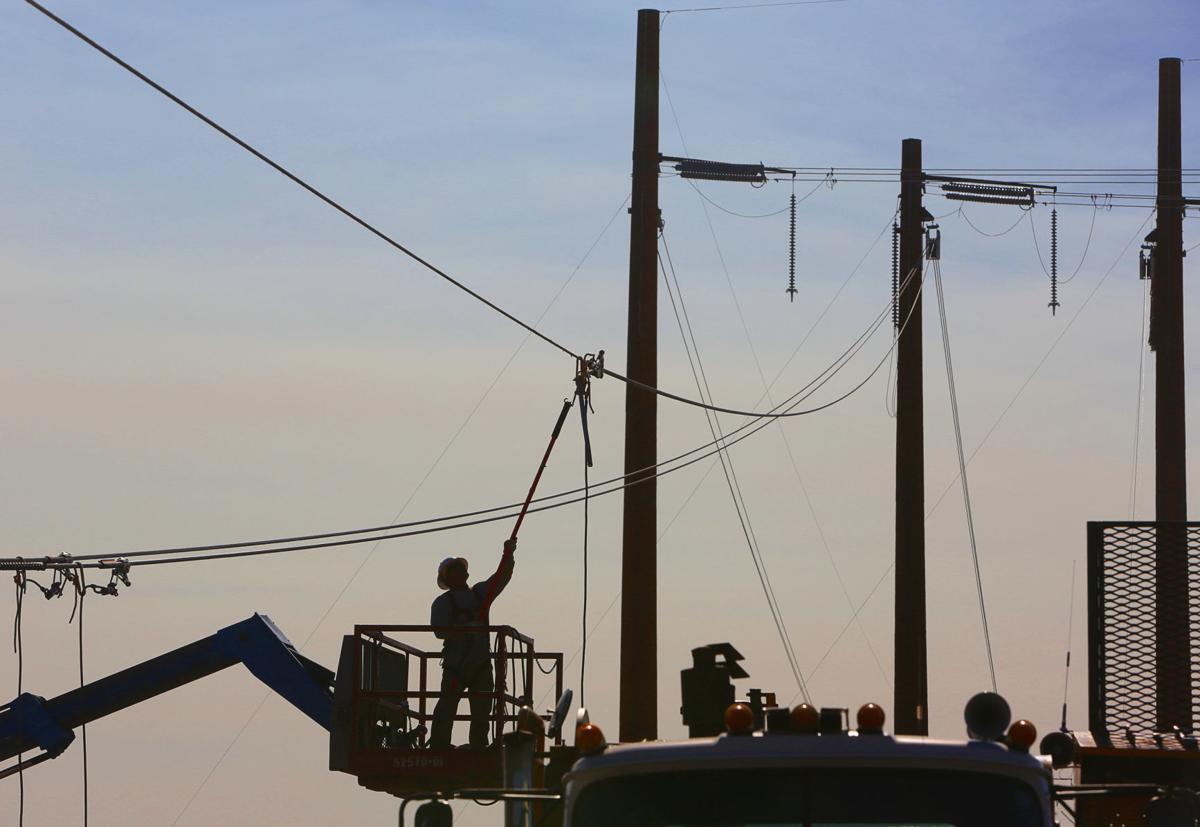Though wildfires in California caused by power lines have prompted calls for more underground lines, Tucson Electric Power Co. plans to keep to its policy of burying lines selectively for safety.
Like many other utilities, TEP typically doesn’t install its long-range, high-voltage transmission lines and distribution equipment underground because of higher costs that would be passed on to ratepayers, TEP spokesman Joe Barrios said.
But the company will sometimes bury lower-voltage lines and equipment where it is cost-effective or needed for safety, or if customers or developers are willing to pay the higher installation costs
Underground installations generally include additional engineering expenses, right-of-way acquisition and added labor and materials, Barrios said.
“This practice avoids passing along unnecessary costs to customers through their rates, so that all customers are not asked to subsidize a discretionary expenditure that primarily benefits residents or property owners in one small area of our service territory,” he said, adding that the Arizona Corporation Commission has supported the company’s policy.
Even so, TEP will place equipment underground in some circumstances if engineering or safety concerns justify the additional cost of underground installation, Barrios said.
In fact, lower-voltage “feeder” lines emerging from distribution substations are typically installed underground until the lines reach a point where they can be safely brought above ground, he added.
While in California PG&E has shut off power during windy weather to avoid wildfires in forested areas traversed by its power lines, TEP doesn’t face the same kind of wildfire risk, Barrios said.
Most of TEP’s 5,000 miles of transmission and distribution lines aren’t located in heavily forested areas that would raise fire concerns, he said.
However, TEP has an active program of monitoring transmission lines and trimming vegetation to maintain a fire-safety buffer zone, in compliance with federal regulations and in cooperation with the U.S. Bureau of Land Management and the U.S. Forest Service.





